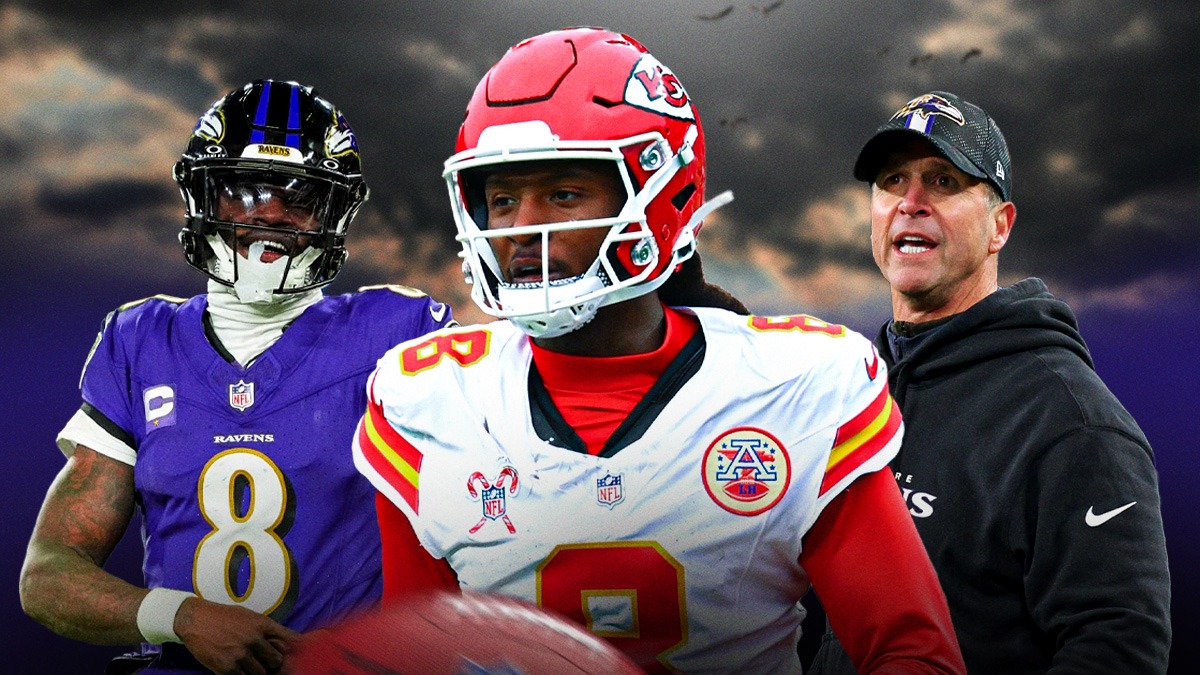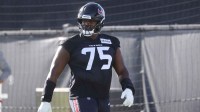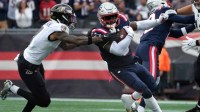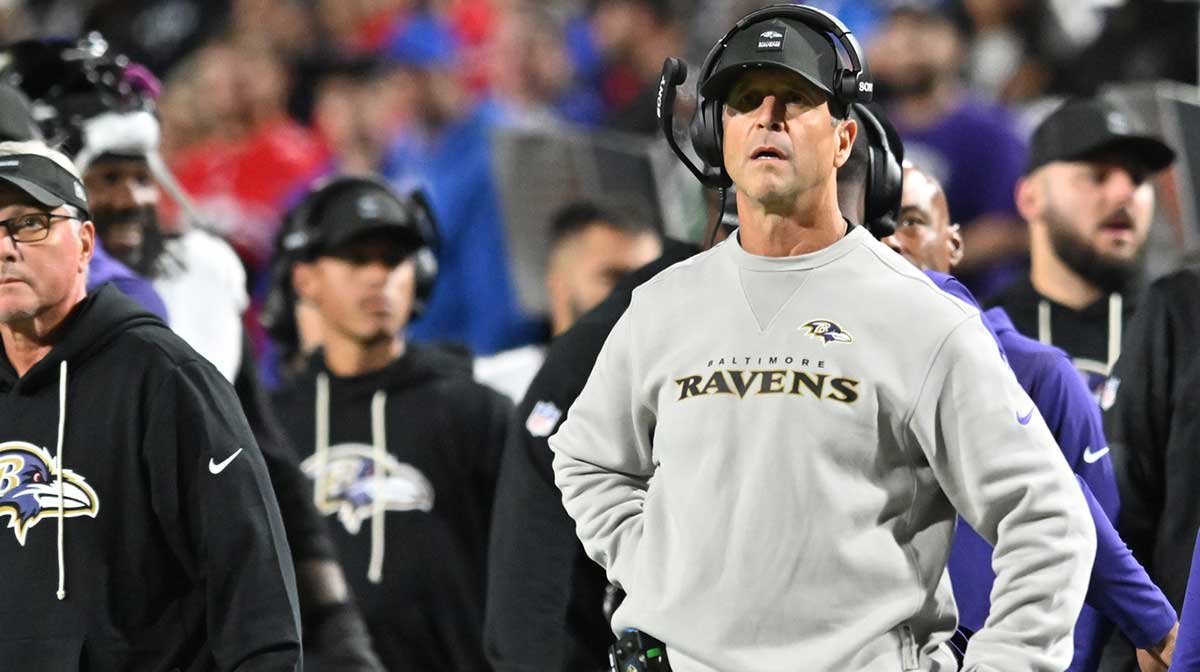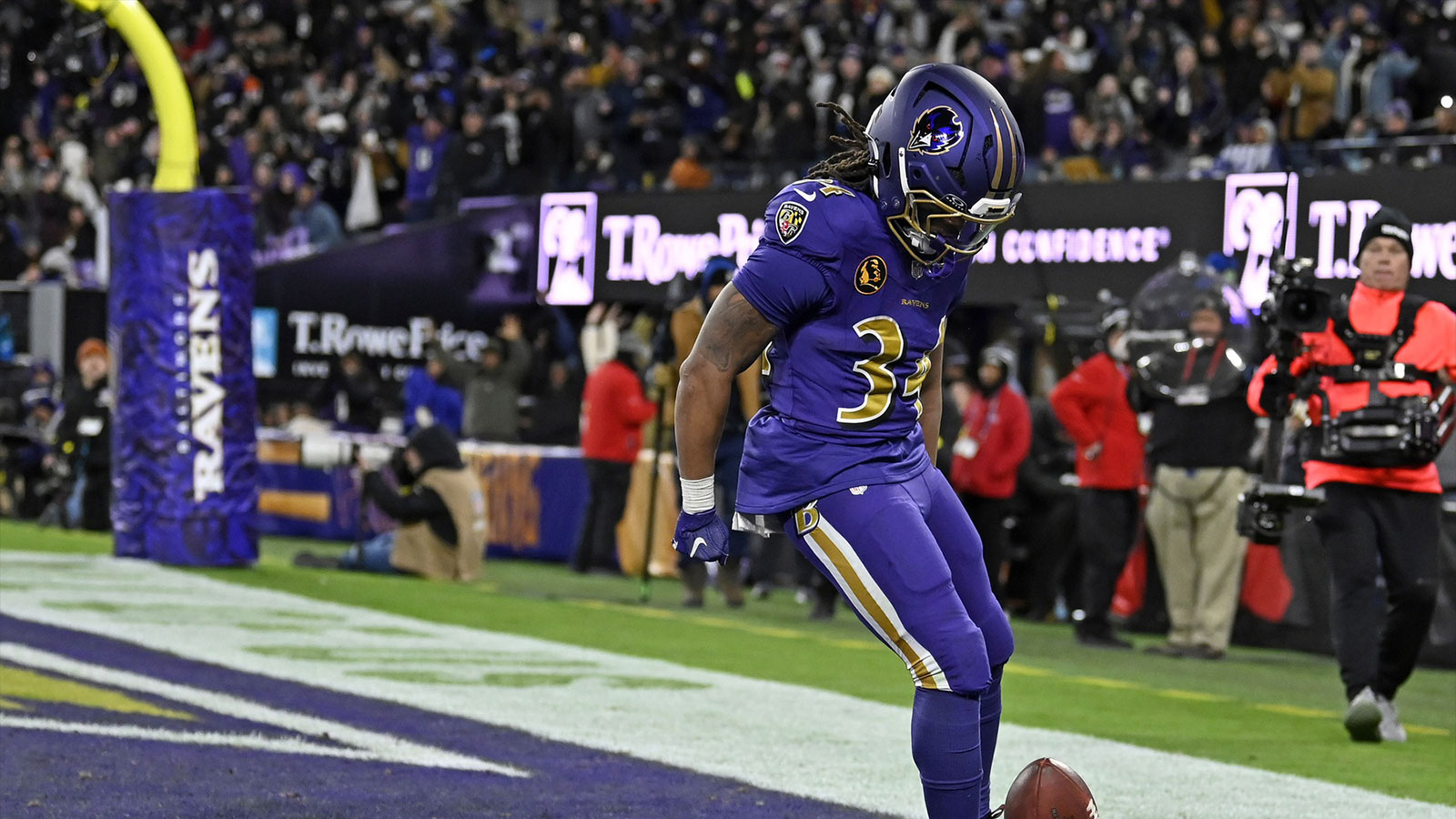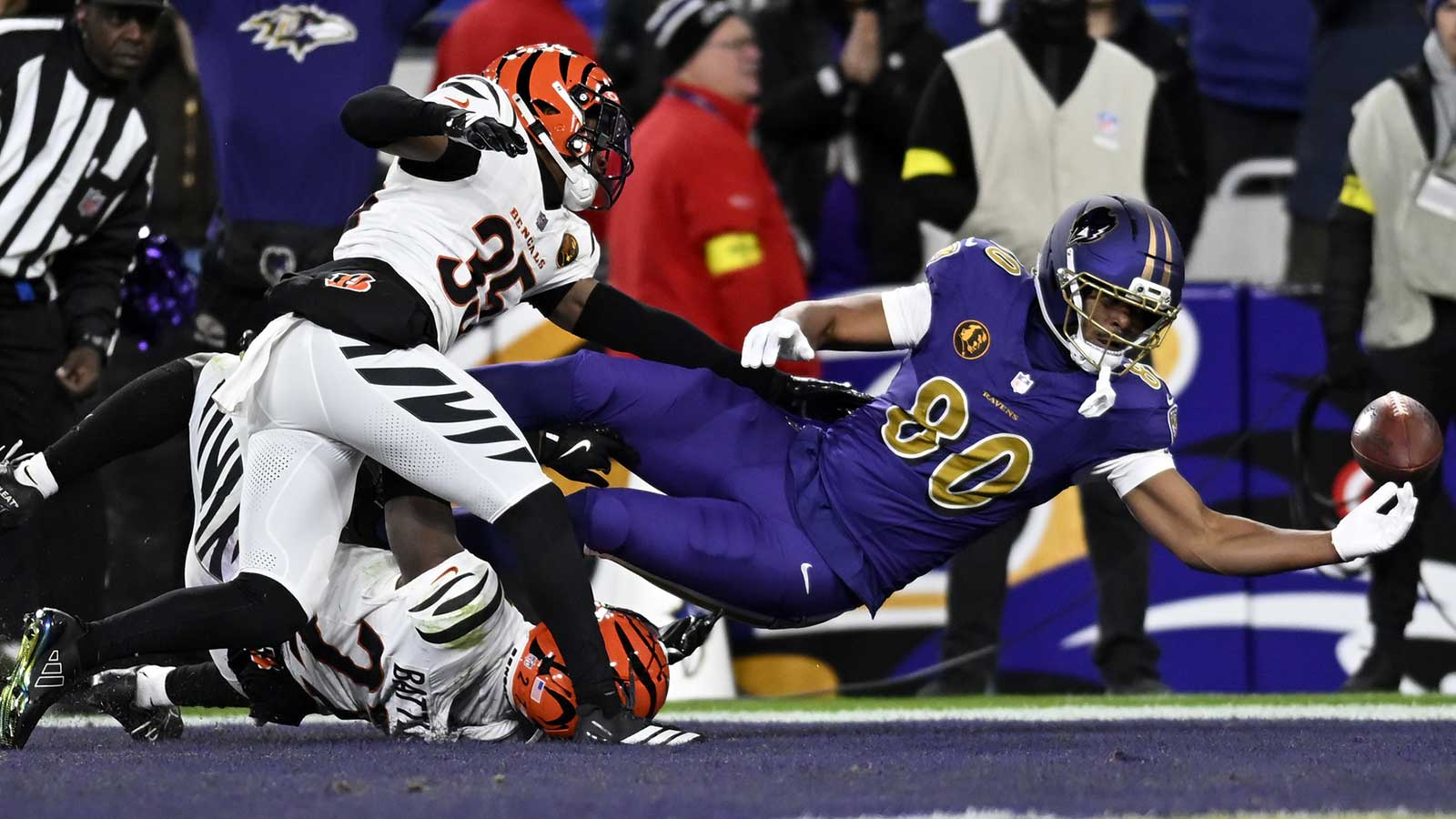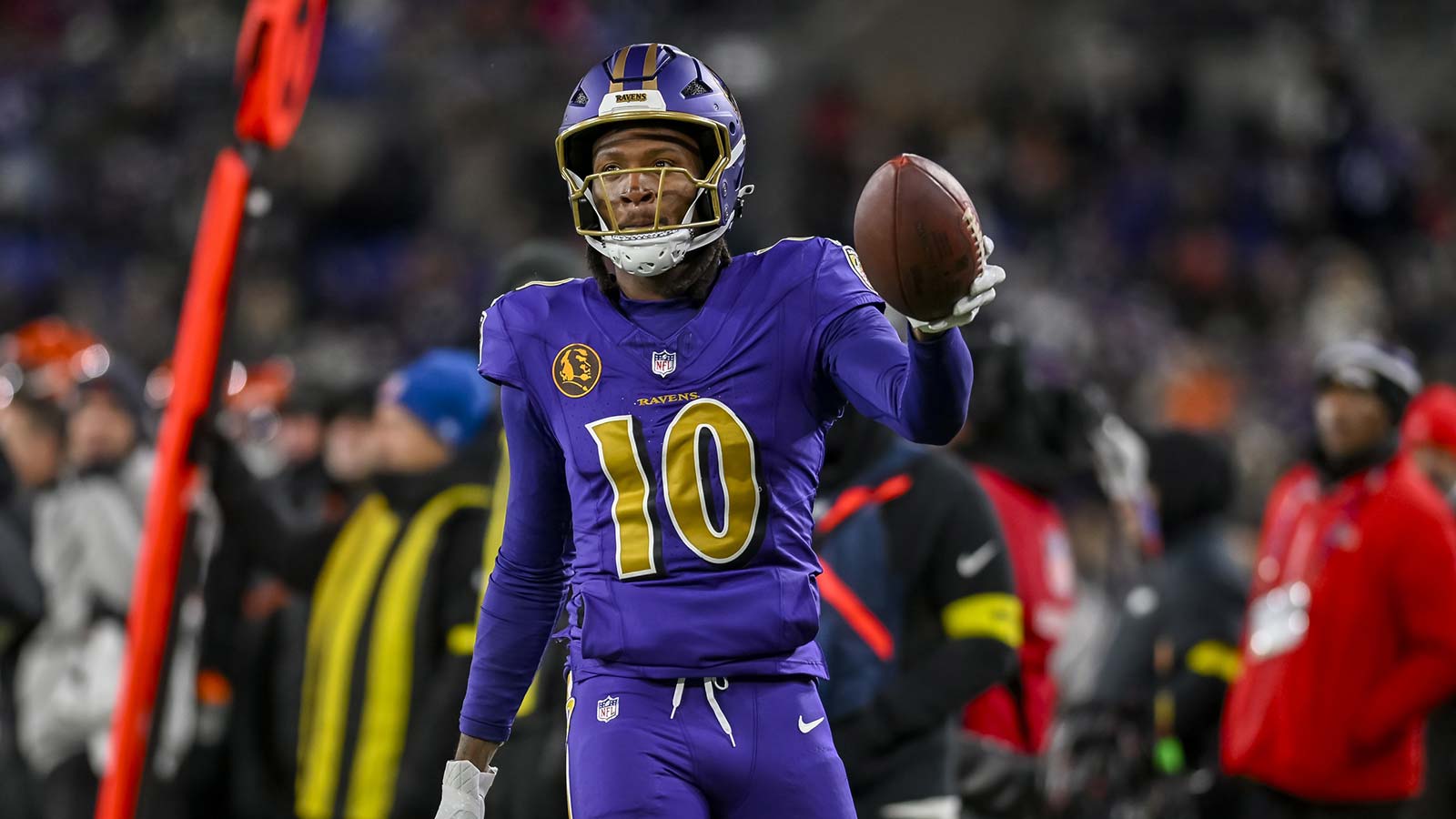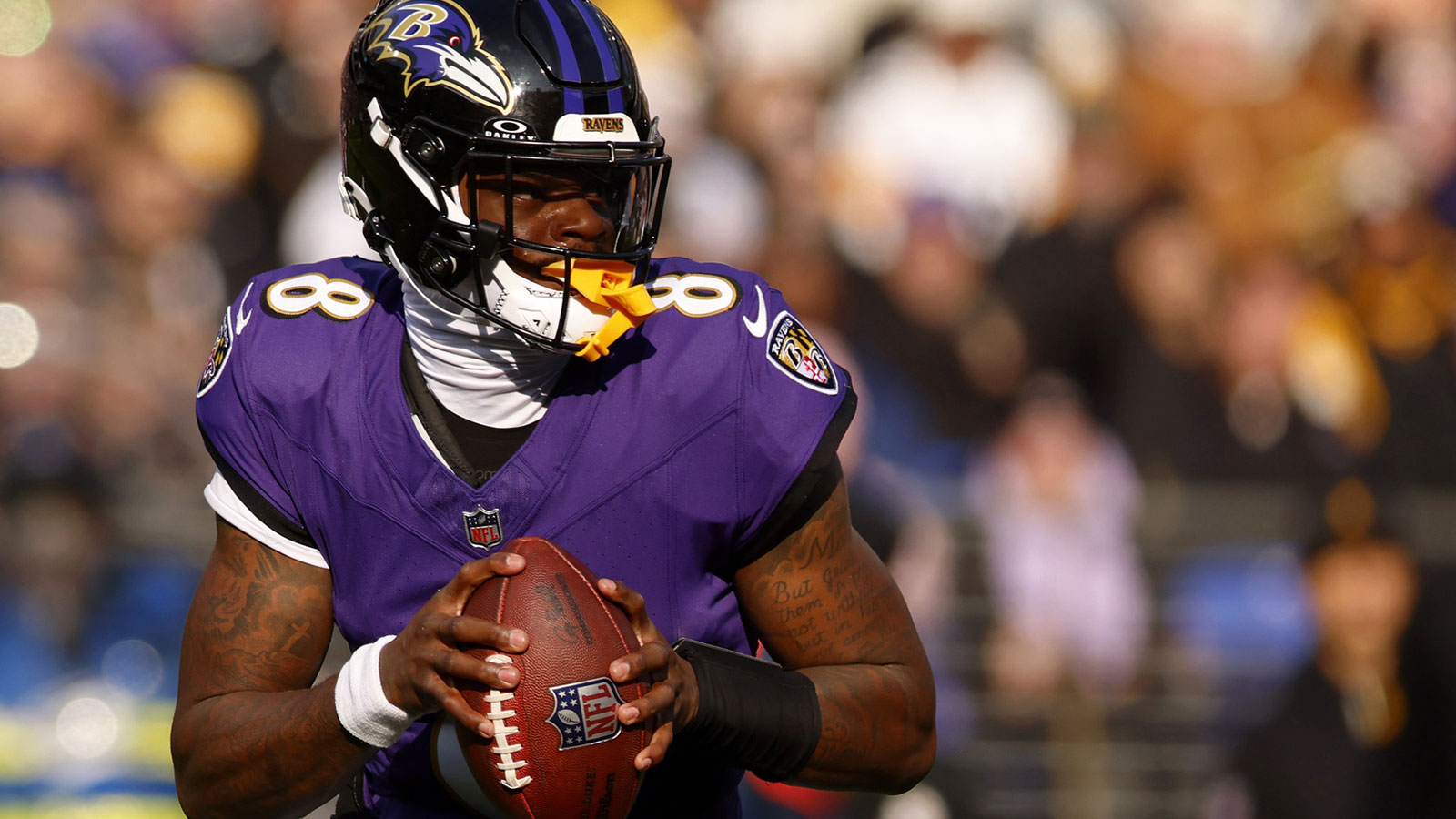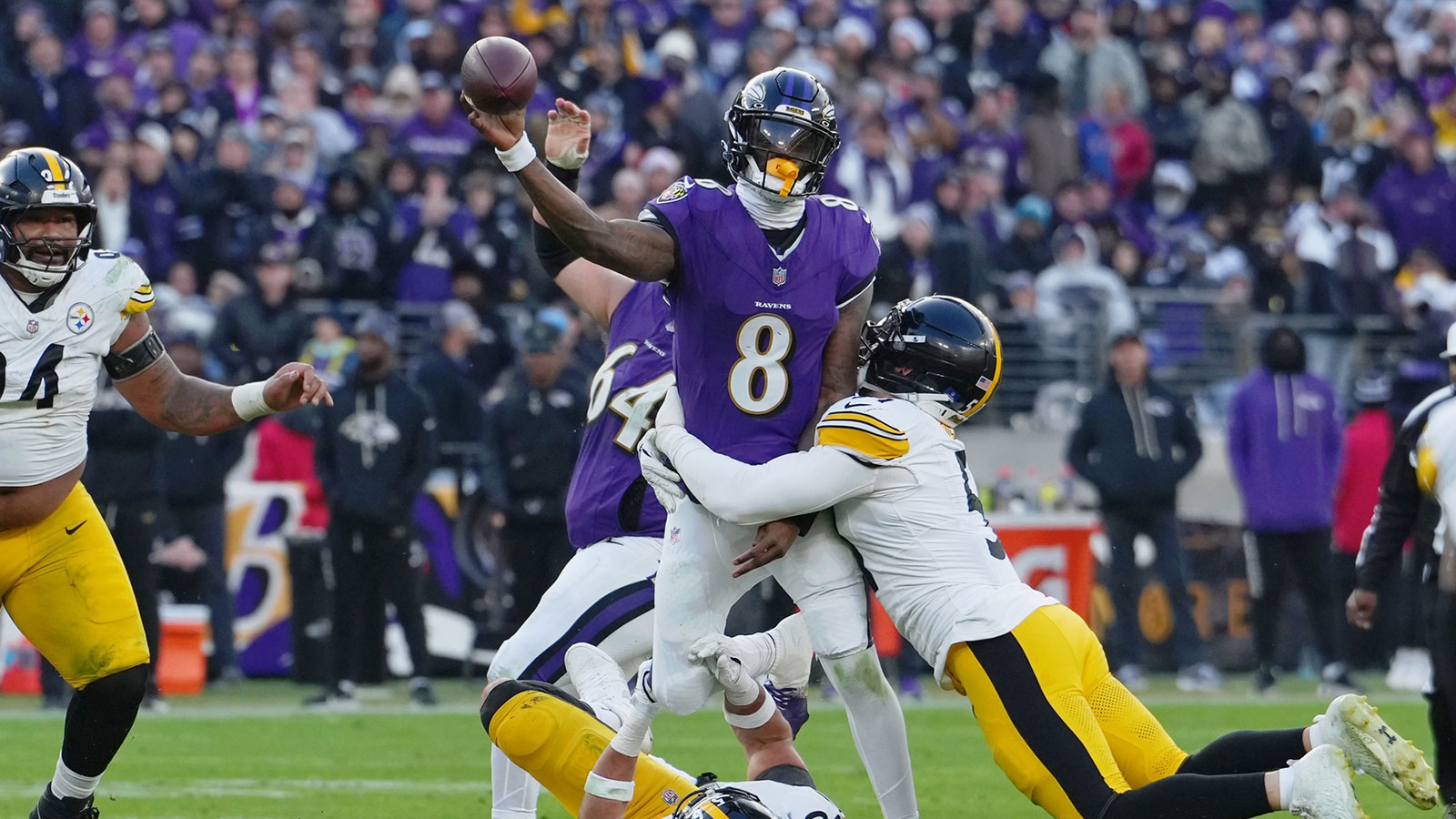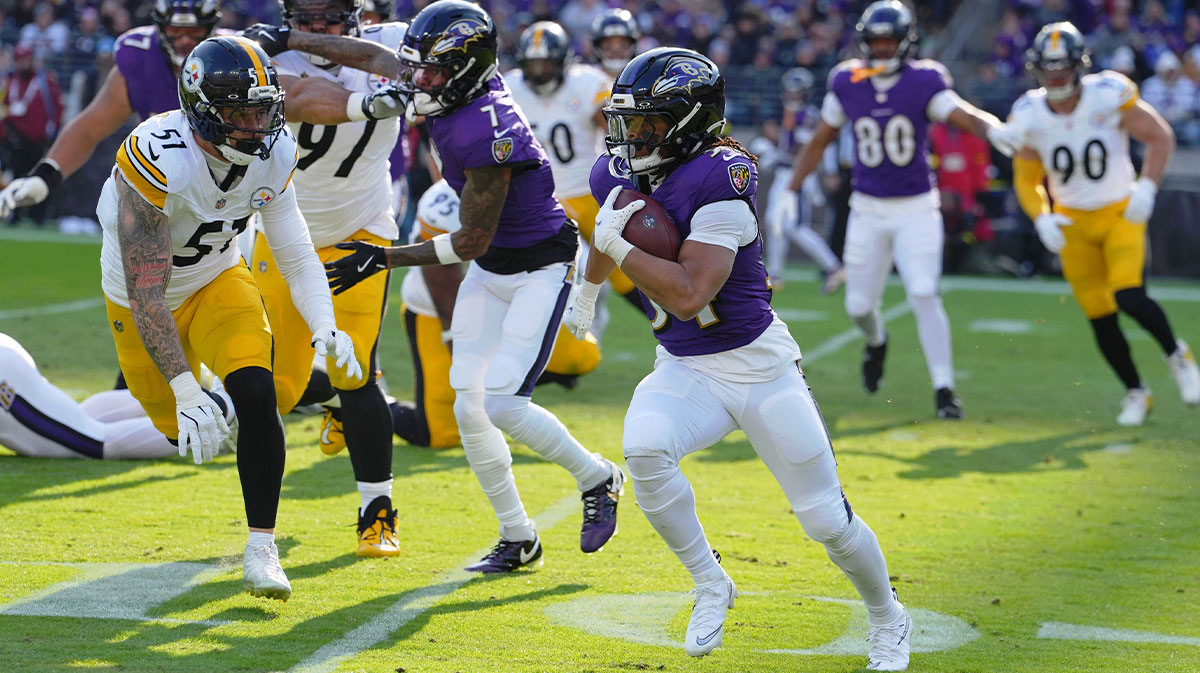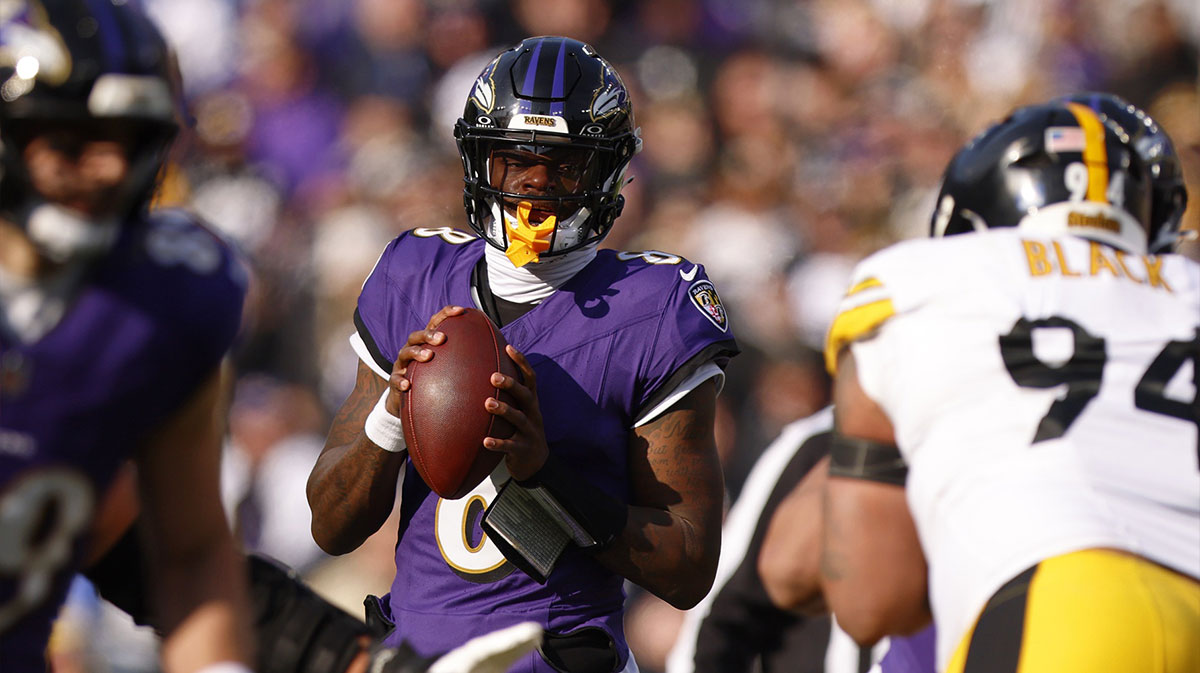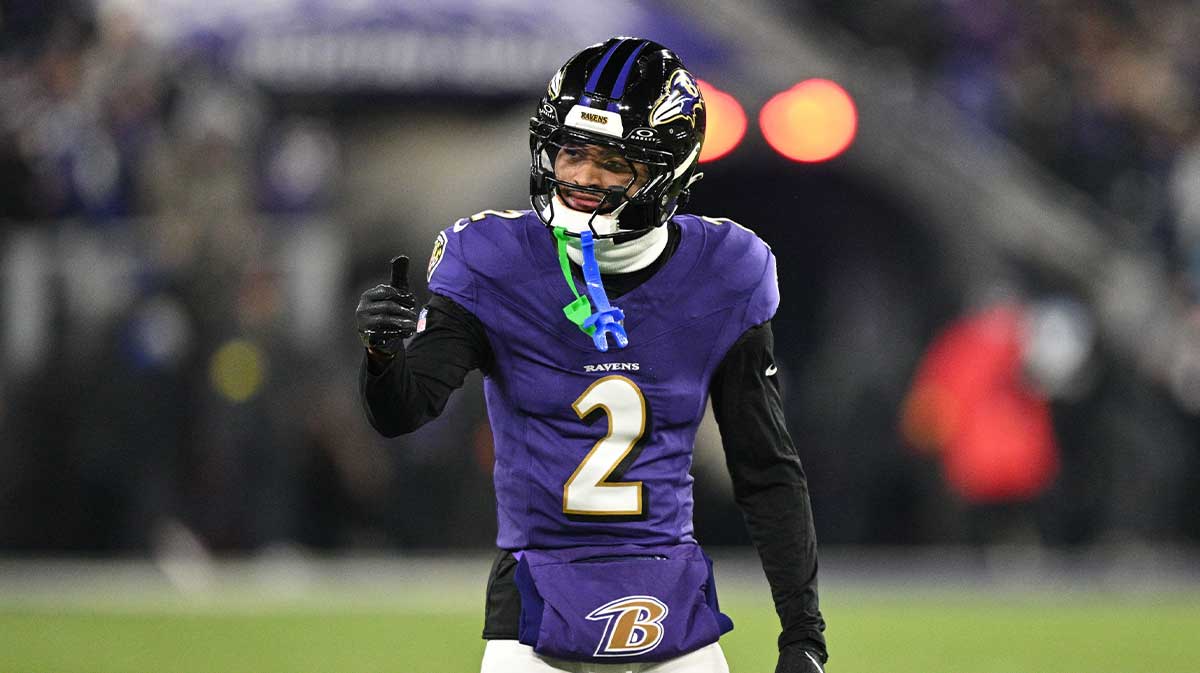Every offseason, even the most well-run franchises make at least one decision that invites second-guessing. For the Baltimore Ravens, 2025 has been largely business as usual—until it wasn’t. The Ravens are entering the new season as one of the top-ranked teams and for good reason. Their roster is deep, their quarterback is elite, and their defense remains a force. That said, with all their calculated moves, Baltimore also made one that raises eyebrows. They showed near-total passivity at wide receiver. In a year when Lamar Jackson’s prime should be maximized and when several proven wideouts changed teams, this was a gamble the Ravens didn’t need to take.
A Near-Flawless Offseason, on Paper
The Ravens entered the 2025 season with optimism, and their offseason moves only solidified their place among the elite.
Arguably, the most important move they made was re-signing left tackle Ronnie Stanley. Recall that Baltimore’s offensive line ranked second in PFSN’s OL+ metric last season. As such, getting the two-time Pro Bowler back anchors the unit for the upcoming season. They did lose the ultimate utility guy in Patrick Mekari. Still, drafting a versatile lineman in Emery Jones Jr should mitigate any concerns.

To wit, general manager Eric DeCosta delivered another strong NFL Draft class. Former Georgia star safety Malaki Starks was a steal late in Round 1. Putting him next to All-Pro Kyle Hamilton creates a formidable young duo on the back end. This pick became even more important after Ar’Darius Washington suffered a torn Achilles.
Mike Green also gives the Ravens more juice in the pass rushing department. He joins Odafe Oweh and Kyle Van Noy, both of whom had double-digit sacks in 2024. This offseason also marked the end of an era, as Baltimore cut ties with five-time All-Pro kicker Justin Tucker. They drafted his replacement in Tyler Loop. We'll see how that pans out. Honestly, there’s little to criticize in how Baltimore handled most position groups—except one.
Here we'll try to look at the riskiest move that the the Baltimore Ravens executed in the 2025 NFL offseason.
The Wide Receiver Gamble
Despite all the good, the Ravens’ decision to rely on DeAndre Hopkins as their main wide receiver addition this offseason is the kind of move that could haunt them. Hopkins, of course, is a five-time Pro Bowler. He is no stranger to producing at an elite level. However, that was several years—and teams—ago. After bouncing from Arizona to Kansas City in 2024, Hopkins posted modest numbers: 41 catches and four touchdowns. That's far from what Baltimore needs, though.
The Ravens were already top-heavy at receiver. Zay Flowers continues to develop into a legitimate WR1. Beyond him, though, options are thin. Rashod Bateman’s 72.8 PFF grade was the second-highest among Ravens receivers last year. That's not exactly an endorsement of his breakout potential. With tight end Mark Andrews aging and often banged up, it made sense for Baltimore to find a steady, possession-type veteran wideout to bridge the gap.
Recall that Baltimore had options. Keenan Allen was available. So was Tyler Boyd. Even someone like Curtis Samuel or Darnell Mooney could have brought more dynamism and versatility to this room. That said, the Ravens instead chose to chase upside in a player who, despite his name recognition, hasn’t been a consistent difference-maker since 2020.
Why the Risk Matters
Baltimore doesn’t need to be perfect at every position. Still, with the AFC getting deeper—Kansas City, Cincinnati, Buffalo, and even Houston all threatening—a single flaw can be fatal. The Ravens’ strategy has often revolved around strong defense, a punishing run game, and letting Jackson create magic when needed. However, in today’s NFL, especially in the playoffs, you need at least two reliable wideouts who can separate, win routes, and adjust on the fly. Relying on Hopkins or Bateman to be that second guy is a massive leap of faith.
Moreover, Baltimore’s current roster construction suggests they expect a lot out of him. There’s no safety net if Hopkins falters. That’s where this move goes from “worth a shot” to “dangerous oversight.”
What Success Would Require
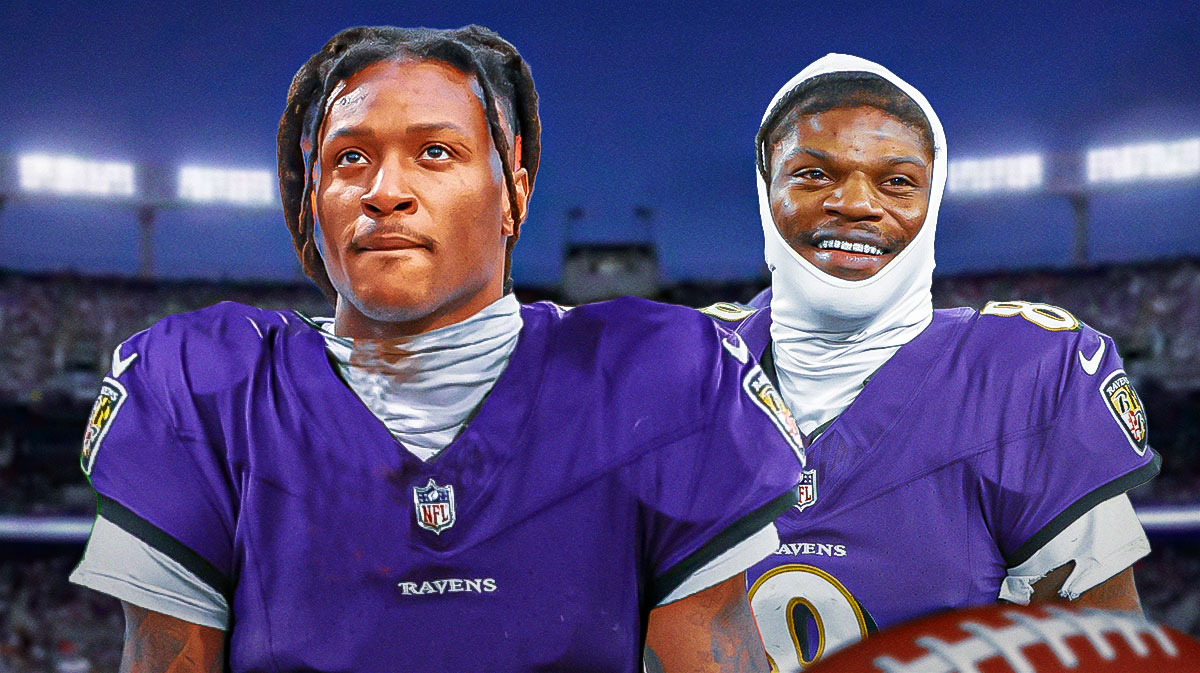
For this not to backfire, the Ravens need several things to break right. First, Zay Flowers must continue to ascend. He should ideally hit 1,200+ yards and demand top coverage each week. Second, Bateman must finally stay healthy and consistent. And third—most critically—Hopkins must rediscover some of that All-Pro magic and find synergy with Jackson quickly.
Is it possible? Sure. Hopkins is still a gifted route-runner with excellent hands. He could thrive in a reduced role if he accepts it. However, the odds are far slimmer than they were three years ago. As such, the Ravens didn’t hedge their bet.
An Avoidable Flaw
The Baltimore Ravens should still be Super Bowl contenders. They have the reigning MVP under center, an elite defense, and continuity on both sides of the ball. Sometimes, though, it’s not the glaring weakness that breaks a team—it’s the overlooked one. In an AFC where matchups against defensive juggernauts and shootout-heavy teams are inevitable, failing to bolster the receiver room may be the only thing that keeps Baltimore from hoisting the Lombardi.
And if DeAndre Hopkins can’t turn back the clock late in the playoffs? The Ravens may be left wondering why they didn’t aim just a little higher.

